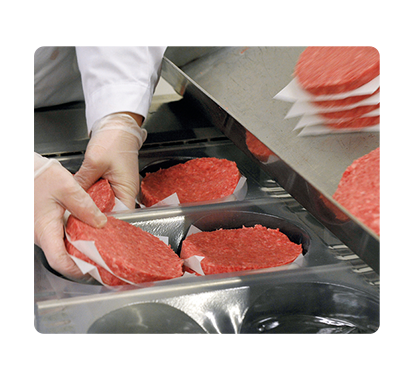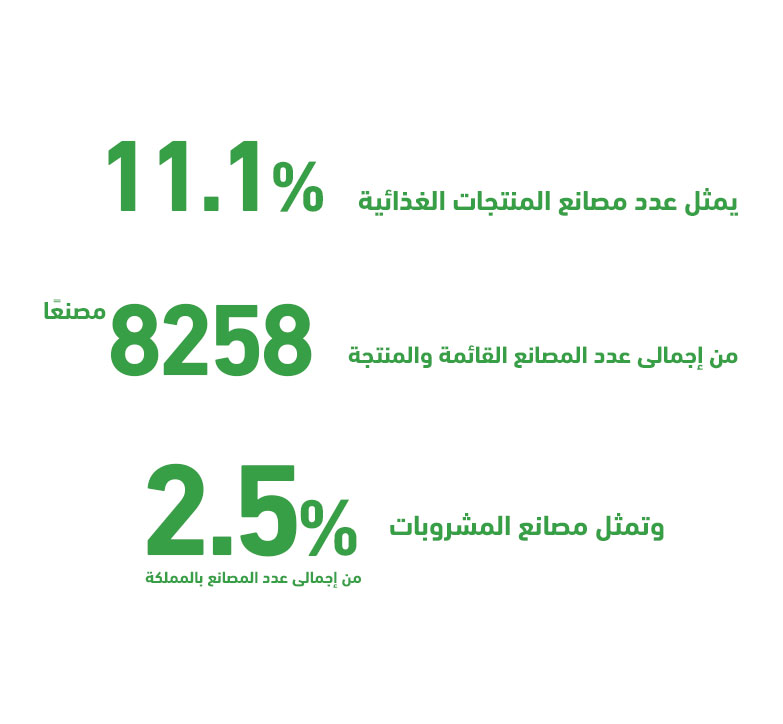Feasibility study for a meat processing plant: It is a meat cutting plant where the plant cuts the meat into equal pieces that can be grilled and spices and seasonings are added.

Feasibility study for a meat processing plant: It is a meat cutting plant where the factory cuts the meat into equal pieces that can be grilled and spices and seasonings are added.<br><br>The manufacturing is done in various ways in order to satisfy the largest possible number of consumers.<br>The project uses all types of halal meat, whether red or white meat, and adds Omani spices to it, and provides the products in the form of fresh, unpreserved products.<br>The meat cutting project targets many target sectors such as hotels, restaurants, embassies, fast food restaurants, barbecue vendors, and supermarkets.<br>Sports clubs, police clubs, armed forces, security services, wedding and event halls when holding festivals and women’s associations.<br>And consumers who prefer to obtain these products fresh and directly from the producers to present them to their visitors during banquets.<br>And consumers during family trips. And consumers during Eid al-Fitr and Eid al-Adha.



Executive Summary
Study of project services/products
Market size study.
Risk assessment study.
Technical study
Financial study.
Organizational and administrative study.

he GCC countries comprise 0.7% of the world’s population; however, they account for 3% of global spending on processed food and beverages, amounting to $102 billion out of a total of $3.4 trillion. This indicates a high per capita food consumption in the region, exceeding the global average.
This is not surprising upon closer examination, as the population of the GCC now exceeds 58 million, with approximately 56.3% of them falling within the 25–54 age group. This key demographic is the driving force behind the food industry market, as it is the most dynamic and youthful segment.
Since Saudi Arabia alone accounts for about 59.7% of the total GCC population and holds over 53% of the food and beverage market share, “Mashroo3k” has decided to present key indicators of this vital market in the Kingdom, based on the latest available statistics.
